What’s Barbacoa Meat? Let’s Unwrap the Smoky Mystery
If you’ve ever wandered through a bustling Latin American market or found yourself drooling over a Mexican taco truck menu, chances are you’ve come across the term barbacoa meat. But what exactly is it? Is it just another fancy name for barbecue? Or is there something more—something deeply rooted in history, spice, and slow-cooked magic?
In this deep-dive, we’ll explore everything from its origins to the spices that make it sing. Plus, we’ve got some mouthwatering tips, comparisons, and even a few quirky facts along the way. So grab your favorite beverage, put on your sombrero (optional), and let’s dig into the delicious world of barbacoa meat!
The Origins: From Ancient Roots to Modern Tacos
Barbacoa might sound like a backyard BBQ party, but its roots go much deeper than charcoal grills and summer cookouts. The word actually comes from the indigenous **Taíno people** of the Caribbean, who used the term *“barabicu”* to describe a framework of sticks used for roasting meat over an open fire.
- Barbacoa traveled with the Spanish to Mexico in the early 1500s.
- In modern-day Mexico, especially in regions like Hidalgo and Michoacán, barbacoa refers specifically to slow-cooked lamb or goat, often seasoned with native spices and wrapped in maguey leaves before being buried underground with hot coals.
- This method of cooking allows the meat to become fall-apart tender while absorbing rich, smoky flavors.
Barbacoa vs. BBQ: What’s the Difference?
| Feature | Barbacoa | BBQ (American) |
|---|---|---|
| Cooking Method | Slow-roasted underground or steamed in pit | Smoked or grilled over open flame |
| Main Meats | Lamb, goat | Pork, beef, chicken |
| Wrapping | Maguey leaves | Aluminum foil or none |
| Spice Blend | Garlic, cumin, chiles, vinegar | Dry rubs or sauces (tomato/molasses-based) |
| Taste Profile | Earthy, smoky, slightly tangy | Sweet, smoky, sometimes spicy |
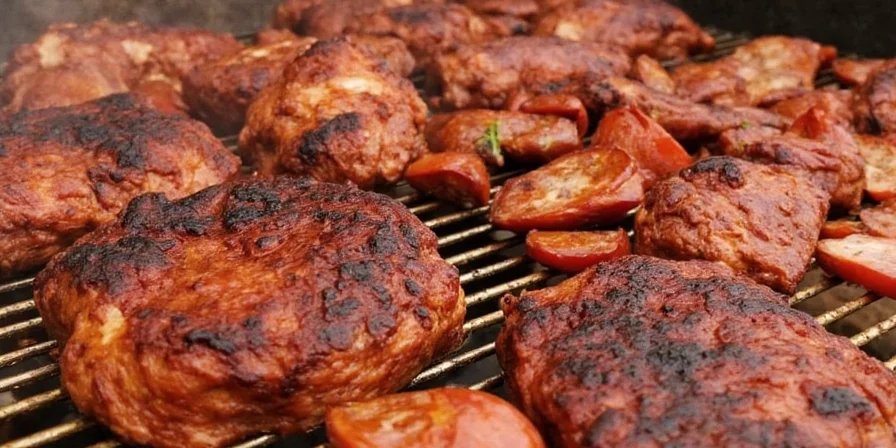
Barbacoa Meat Today: From Pits to Plates
Today, barbacoa has evolved beyond traditional pits and maguey leaves. It’s now commonly prepared using pressure cookers, slow cookers, or even oven roasting—especially outside of Mexico where access to traditional methods may be limited.
It’s most famously served in tacos, usually with:
- Cilantro
- Onion
- Roasted salsa or chipotle sauce
- Lime wedge
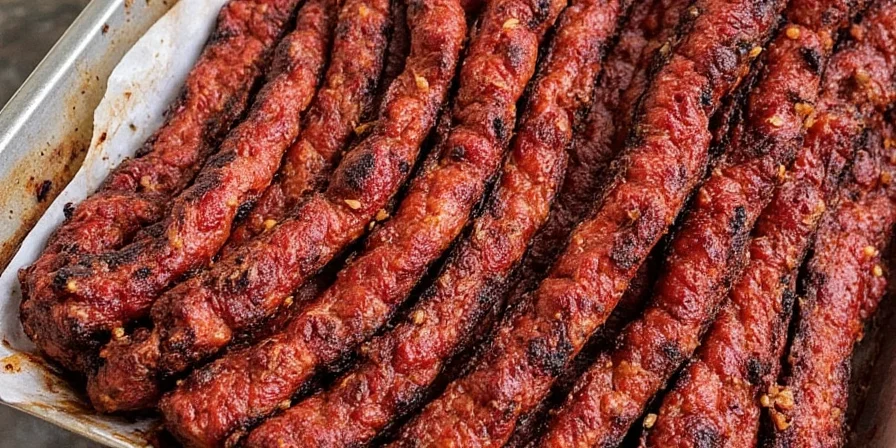
Pro Tip: How to Make Your Own Barbacoa at Home
- Use a cut like lamb shoulder or goat leg for best results.
- Rub the meat generously with a mix of garlic, dried chiles (like guajillo or ancho), cumin, oregano, vinegar, and salt.
- Wrap the seasoned meat in banana leaves or parchment paper if maguey isn’t available.
- Cook low and slow—either in a slow cooker, Dutch oven, or oven at 300°F (150°C) for 4–6 hours.
- Let it rest, then shred and serve with warm tortillas and your favorite toppings.
The Spice of Life: Key Ingredients That Define Barbacoa
One of the most captivating aspects of barbacoa is its unique spice blend. While recipes vary by region and family tradition, here’s a list of staple ingredients you’re likely to find:
| Ingredient | Role in Barbacoa |
|---|---|
| Dried Chiles (Guajillo, Ancho, Pasilla) | Provide depth, heat, and vibrant color to the marinade. |
| Garlic | Adds pungent kick and savory backbone. |
| Cumin | Brings earthiness and warmth—essential for authenticity. |
| Oregano (Mexican preferred) | Adds herbal complexity; different from Mediterranean oregano. |
| Vinegar or Lime Juice | Helps tenderize the meat and brighten the flavor profile. |
| Black Pepper & Salt | Classic seasonings to balance the boldness of other ingredients. |
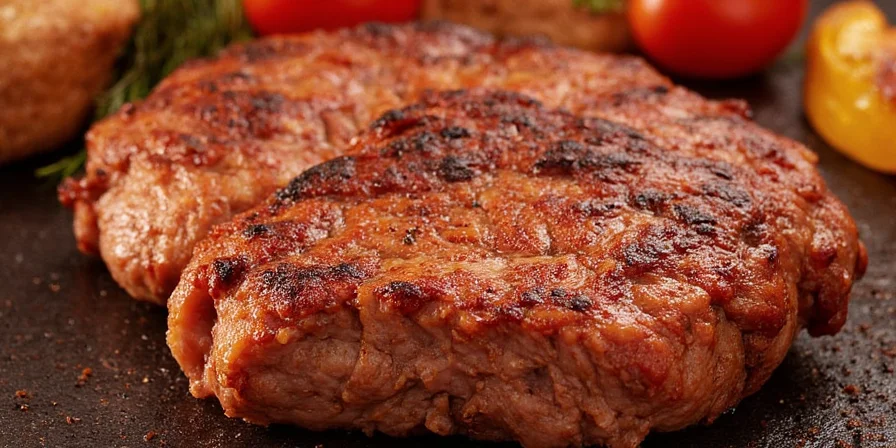
Funny Fact:
Did you know that in some parts of rural Mexico, families still prepare barbacoa overnight for Sunday mornings—and the whole village can smell it by sunrise? Talk about a wake-up call worth waking up for!
Cultural Significance: More Than Just a Meal
Barbacoa isn’t just food—it’s an experience, a celebration, and a link to ancestral traditions.
- Traditionally prepared for festivals, weddings, and religious holidays.
- Many families guard their spice blends like ancient secrets passed down through generations.
- It represents community: digging pits, preparing meat together, and sharing the final feast.
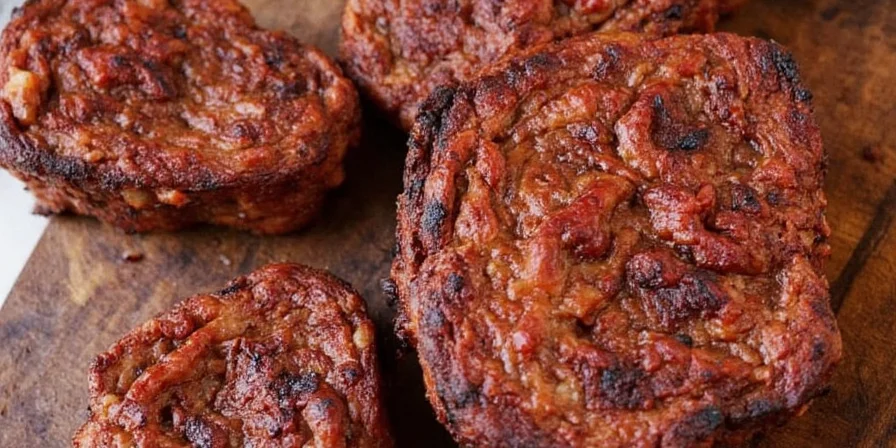
Modern Adaptations: Fast Food Gets Fancy
You don’t have to travel to Mexico to enjoy barbacoa anymore! Thanks to chains like Chipotle and Qdoba, barbacoa beef (usually brisket) is now a mainstream offering in fast-casual dining.
- Often made with beef instead of lamb or goat
- Uses similar spice profiles but adapted for mass production
- Perfect for burritos, bowls, and yes—tacos too
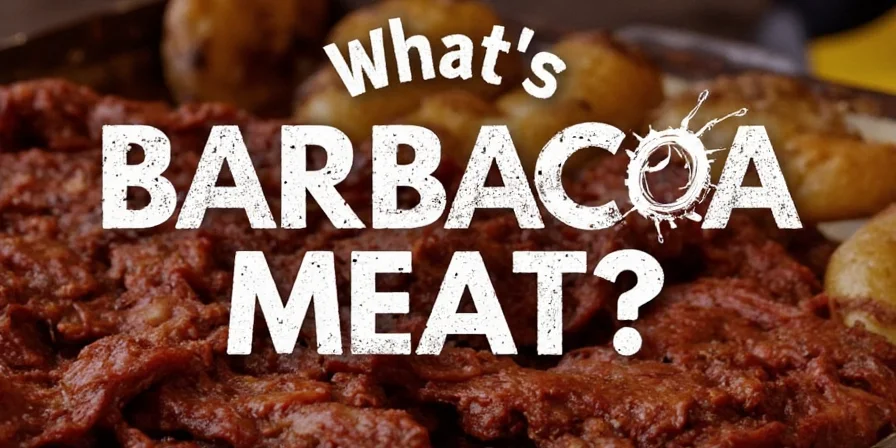
Common Questions You Might Be Wondering…
Is Barbacoa Always Made with Lamb?
Nope! While traditional barbacoa comes from lamb or goat, especially in central Mexico, many regions and restaurants use beef (like brisket), pork, or even chicken as alternatives.
Can I Use a Slow Cooker Instead of Burying the Meat?
Absolutely! In fact, most home cooks use a slow cooker or Dutch oven. The key is long, moist heat to mimic the pit effect.
How Do I Store Leftover Barbacoa?
Store in an airtight container in the fridge for up to 4 days or freeze for up to 3 months. Reheat gently with a splash of broth or water to keep it juicy.
Barbacoa Around the World: Regional Twists
As barbacoa gains global popularity, chefs around the world are putting their own spin on it:
- Texas-style barbacoa tacos – Beef cheek instead of lamb, smoked with mesquite.
- California fusion barbacoa bowls – Served over quinoa or cauliflower rice with avocado and lime crema.
- European gourmet barbacoa – Deconstructed on plates with edible flowers and foie gras touches.
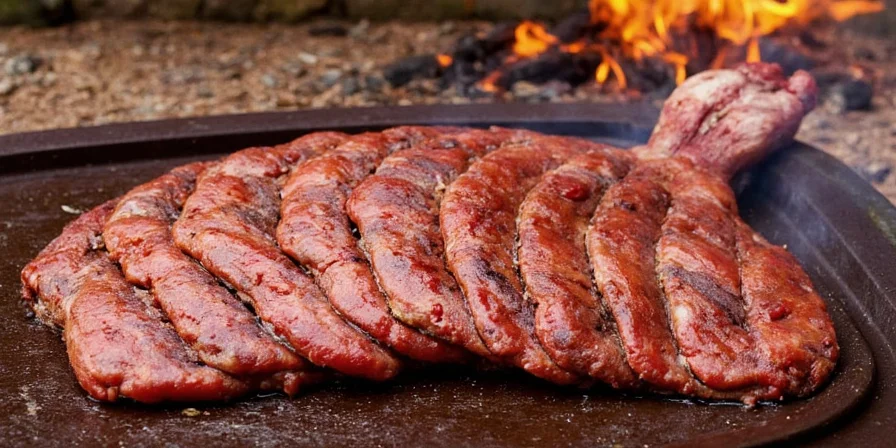
Why Barbacoa Still Reigns Supreme
In a world full of quick meals and instant gratification, barbacoa reminds us of the beauty of patience, tradition, and flavor-building over time. It’s not just about eating—it’s about savoring every bite, appreciating the process, and honoring centuries of culinary heritage.
Final Thoughts: Spice Up Your Kitchen with Barbacoa
Whether you’re a seasoned pro in the kitchen or a curious spice lover looking for something new, barbacoa meat offers a journey through culture, technique, and taste. Its bold flavors, rich history, and adaptability make it a must-try for anyone passionate about food and spice traditions around the globe.
- Try making your own version at home this weekend.
- Experiment with spice combinations—you might stumble upon a family heirloom recipe (future edition).
- Pair it with sides like roasted potatoes, beans, or fresh guacamole for a complete meal.
- And remember: the secret ingredient is always a little love (and maybe some extra garlic).
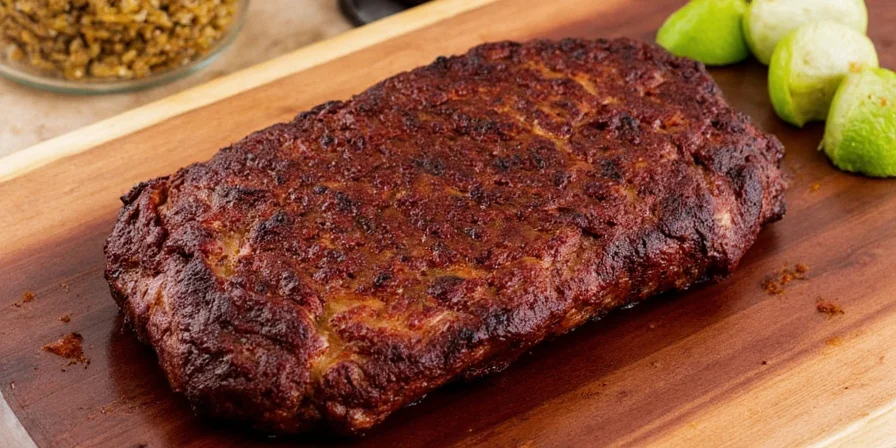
Summary Table: Quick Recap of Barbacoa Basics
| Category | Details |
|---|---|
| Origin | Indigenous Taíno and later adopted by Mexican cultures |
| Traditional Meat | Lamb or goat |
| Cooking Method | Slow-roasted underground, wrapped in maguey leaves |
| Popular Dish | Tacos de barbacoa |
| Key Spices | Dried chiles, garlic, cumin, vinegar, oregano |
| Modern Substitutes | Beef brisket, slow cookers, banana leaves |
| Best For | Flavor lovers, cultural explorers, spice enthusiasts |

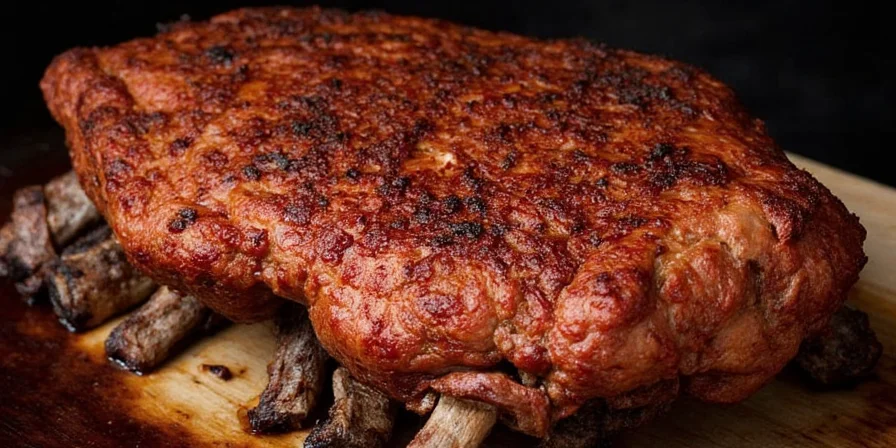









 浙公网安备
33010002000092号
浙公网安备
33010002000092号 浙B2-20120091-4
浙B2-20120091-4